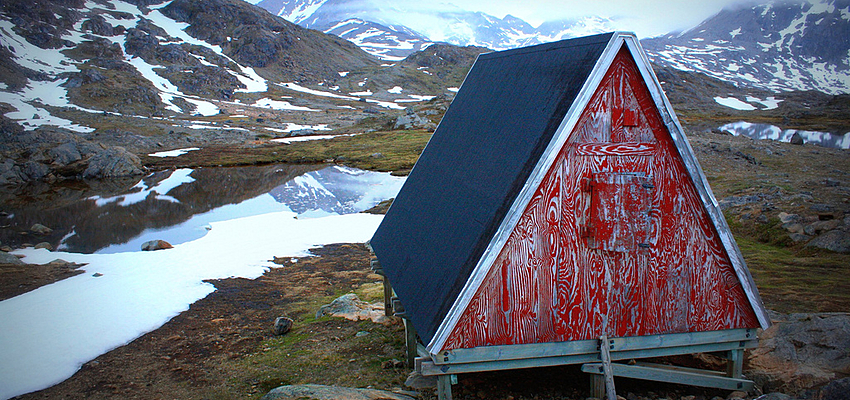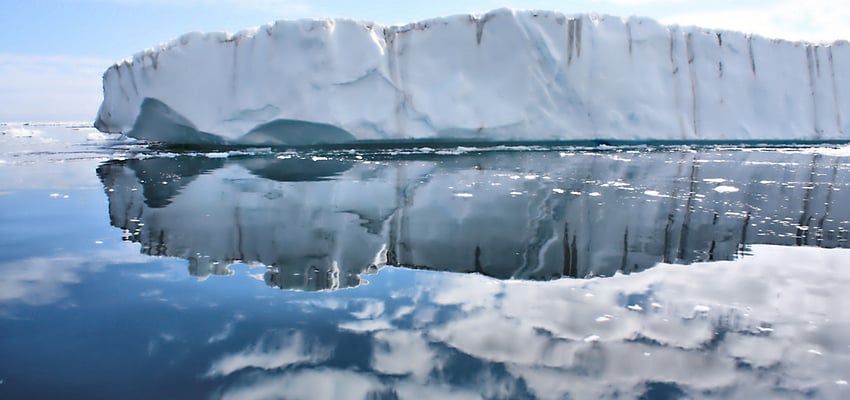By organizing a trip to Greenland, you have the almost unique opportunity to have a valid reason to be interested in the country's economy.
Economic situation
During your trip to Greenland, if you decide to think a little more about the economic situation of the country, you will quickly realise that it is doubly dependant on the financial help of Denmark as well as the success of its exportations in the fishing industry.
To learn a little more about the economic situation and to become unbeatable on the subject, remember for example that the GDP of Greenland is slightly higher than 2 billion dollars. The GDP per inhabitant and per year is at around 37,400 dollars (23,955 pounds). The growth rate is at 3% and the unemployment rate is low at a little over 4%. It is also estimated that 9% of the population lives on the threshold of poverty. If all of these indicators are good and encouraging, the only drawback is to be found amongst the exportation figure which is almost twice as small as the figure of aid from Denmark, and over twice as small as the importation figure. The main commercial partners of Greenland are Denmark, Japan, China, Sweden and the United Kingdom.
The different sectors
One of Greenland's particularities is that the distribution of sectors in the GDP is in exactly the same proportion as employment. For the two indicators, agriculture is at 4%, industry at 29%, and services at 67%.
The first sector essentially depends on hunting and fishing. Hunting is concentrated particularly on seals, whales, walruses and the odd polar bear. As for fishing, prawns are the first product of exportation, but there is also halibut, salt cod, salmon, Arctic char, redfish, crab and bass.
As for the industrial sector, though oil reserves should provide an important financial windfall, this resource remains unexploited for the time being. Greenland is currently concentrating on the production of gold, tantalum, uranium, niobium, diamonds, iron, carbon, cryolite, marble, zinc, lead, molybdenum and silver.
The tourism sector carries an important weight in this economy even though the cost of such a trip still remains an obstacle to the development of such potential.

![Travel to Spain]()




